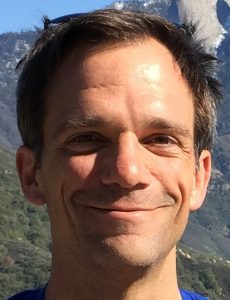Learning Dynamics in Social Networks

Moritz Meyer-ter-Vehn
How do societies learn about the quality of innovations? How does the structure of social interactions affect their diffusion? These questions are critically important to modern economics, and to social science more broadly. They are relevant for the diffusion of new innovations, production techniques, and new business models. For example, consider how consumers learn about a new brand of electric car from their friends purchasing decisions. Or, how farmers who learn about new crops by observing neighbors’ planting choices. Or, how new financial products diffuse across villages in developing countries.
Over the last thirty years, researchers have studied such processes via sequential learning models and have identified important forces that impact whether or not societies eventually learn the truth. However, in the words of a recent survey: “A significant gap in our knowledge concerns short-run dynamics and rates of learning in these models.”
Professor Meyer-ter-Vehn’s research fills this gap. In “Learning Dynamics in Social Networks” (with Simon Board), he proposes a tractable model where the full learning dynamics are described by a differential equation, enabling him to study the effect of network structure on learning and diffusion. The model is simple, and is inspired by a classic “purchasing funnel”. First, each agent develops a need for a product at a random time (e.g. their car breaks down). Second, the agent sees which of her friends have already adopted. Third, she chooses whether to inspect the product (e.g. taking the car for a test-drive) and adopts it if the quality is high and it fits her needs.
Networks are very complicated objects, with each agent making inferences from the adoption decisions of their neighbors who, in turn, make inferences from them. To make progress on the problem, the paper first considers tree networks (e.g. a corporate hierarchy, or a large random network) and provides conditions under which all direct and indirect links contribute to an agent’s learning. That is, an agent benefits if she has more friends, if her friends have more friends, and so on. This may sound obvious but, beyond trees, not all links are beneficial: An agent’s learning decreases when her neighbors are linked to each other, and when her neighbors learn from herself. Looking across all feasible networks, the paper shows that an agent’s favorite network is the directed star with herself at the center. These results also imply that learning is better in “decentralized” networks than “centralized” networks.
Professor Meyer-ter-Vehn’s research contributes to our understanding in three ways. First, it develops intuition for how network structure affects learning. Second, it can be used to structurally estimate diffusion in arbitrary, real-world networks while maintaining standard Bayesian rationality assumptions. Third, it informs policy experiments that affect network structure and the information of participants.


